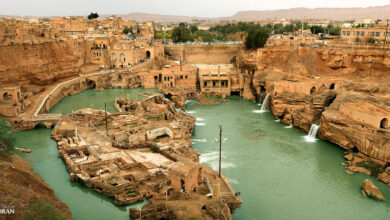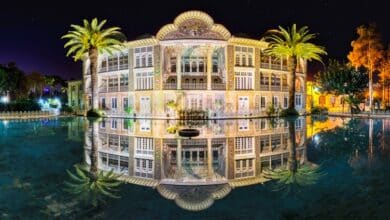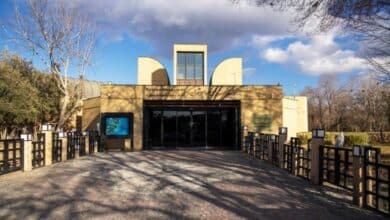Exploring Ancient Persia, Must Visit Historical Sites in Iran
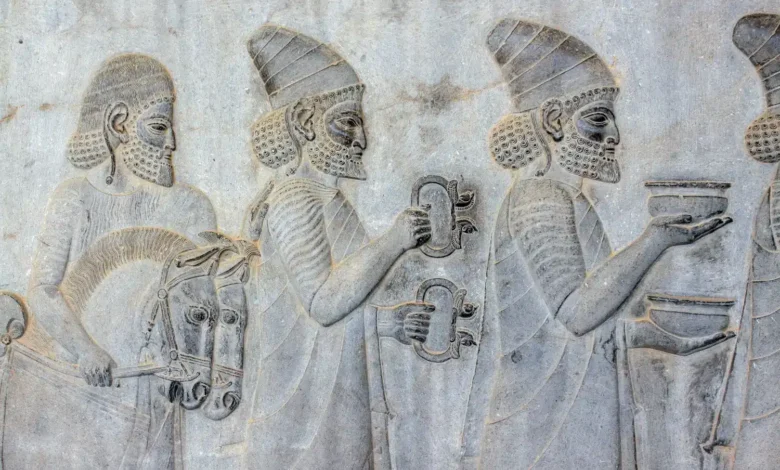
Thinking of exploring historical sites in Iran? A country featuring some of the gems left from ancient Persia, shining with cultural and anthropological richness? There are a couple of spots you simply cannot miss, or you will have missed out. Now, obviously you need a list to check must-visit historical sites in Iran off of, as you cruise along in a history-rich destination like Iran. So, read up as we give you the ultimate list endorsed by veteran local tour guides and scholarly historians alike.
Contents
Persepolis, Shiraz
Known as Takhte-Jamshid (throne of king Jamshid) to Iranians, and Persepolis to history aficionados of other lands, this king-sized home to the king of Achaemenid empire, is not only a point of pride to Iranians, it will also make a proud, yet fun dinner party story to tell about the remnants of ancient Persia you got to visit. Based 60 kilometers northeast of present-day shiraz, a beautiful, elegantly history-reflecting city, peopled by warm-natured people, this must-visit historical site in Iran was built by Darius in 518 BC. Alexander the Great didn’t do a great enough job burning the whole city down, and Persepolis survived to champion ancient Persia’s civilization, rightfully placing itself as a world heritage site on UNESCO’s list.
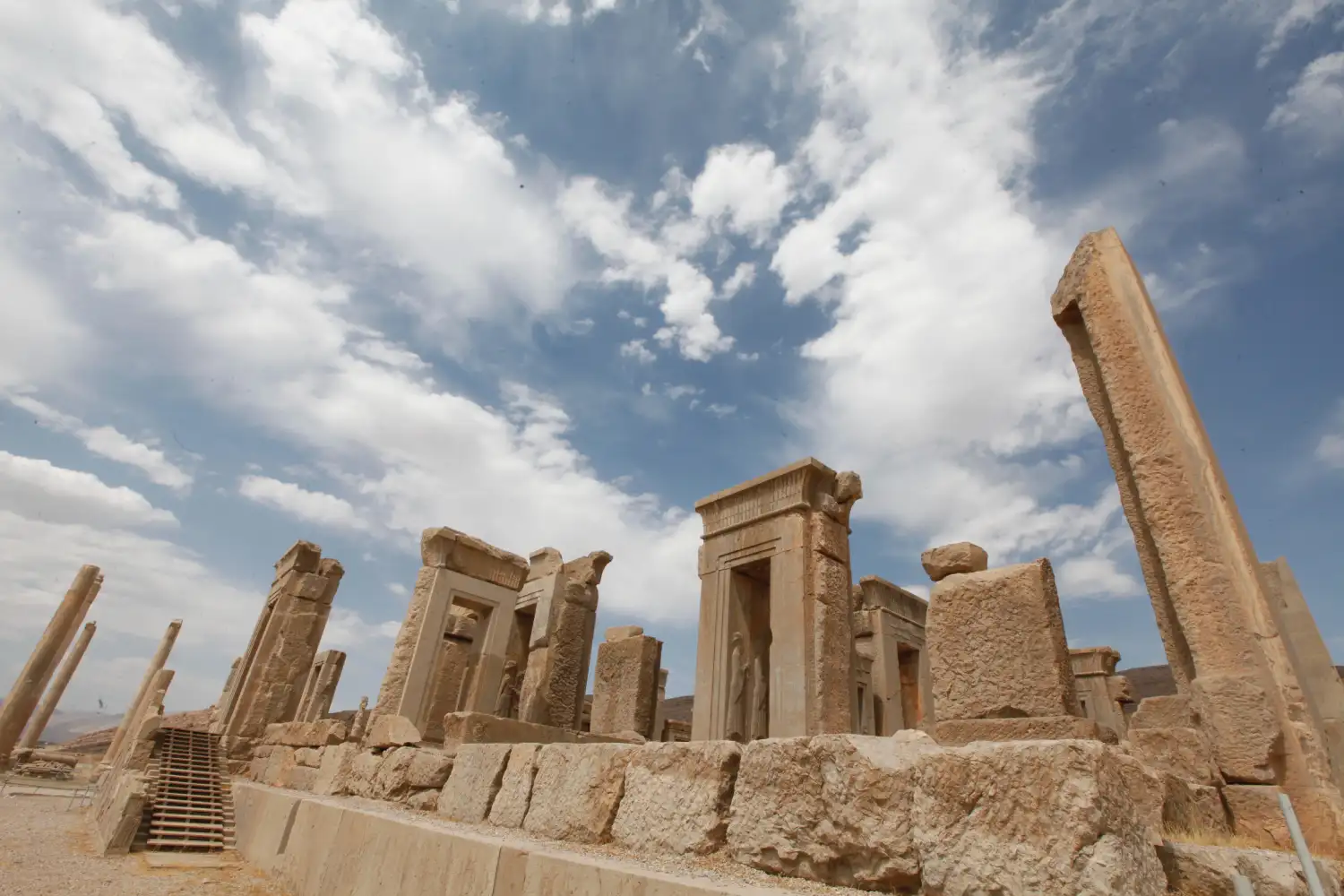
Naghshe Rostam Necropolis, Shiraz
The resting place to four Achaemenid rulers, Darius being one, Naghshe Rostam (The Image of Rotsam) necropolis is a magnificently tall desert cliff displaying splendidly done rock relief. The bas reliefs looking like Rostam, a famous heroic character from Shahnameh (book of kings), which is an Iliad-like narrative poetry book, has given this must-visit historical site in Iran its name. A 12-kilometer drive from Persepolis, Naghshe Rosatm is almost 150 ft from another fascinating monument from ancient Persia, called Kaaba Ye Zartosht (a place of worshiping Zarathustra). Right across form Naghshe Rosatm, this mystery-filled 40-feet building is theorized to have been a fire temple for Zoroastrians, a place for safe keeping holy books, or a mausoleum to some lower ranking kings, all fascinating to see and judge for yourself.
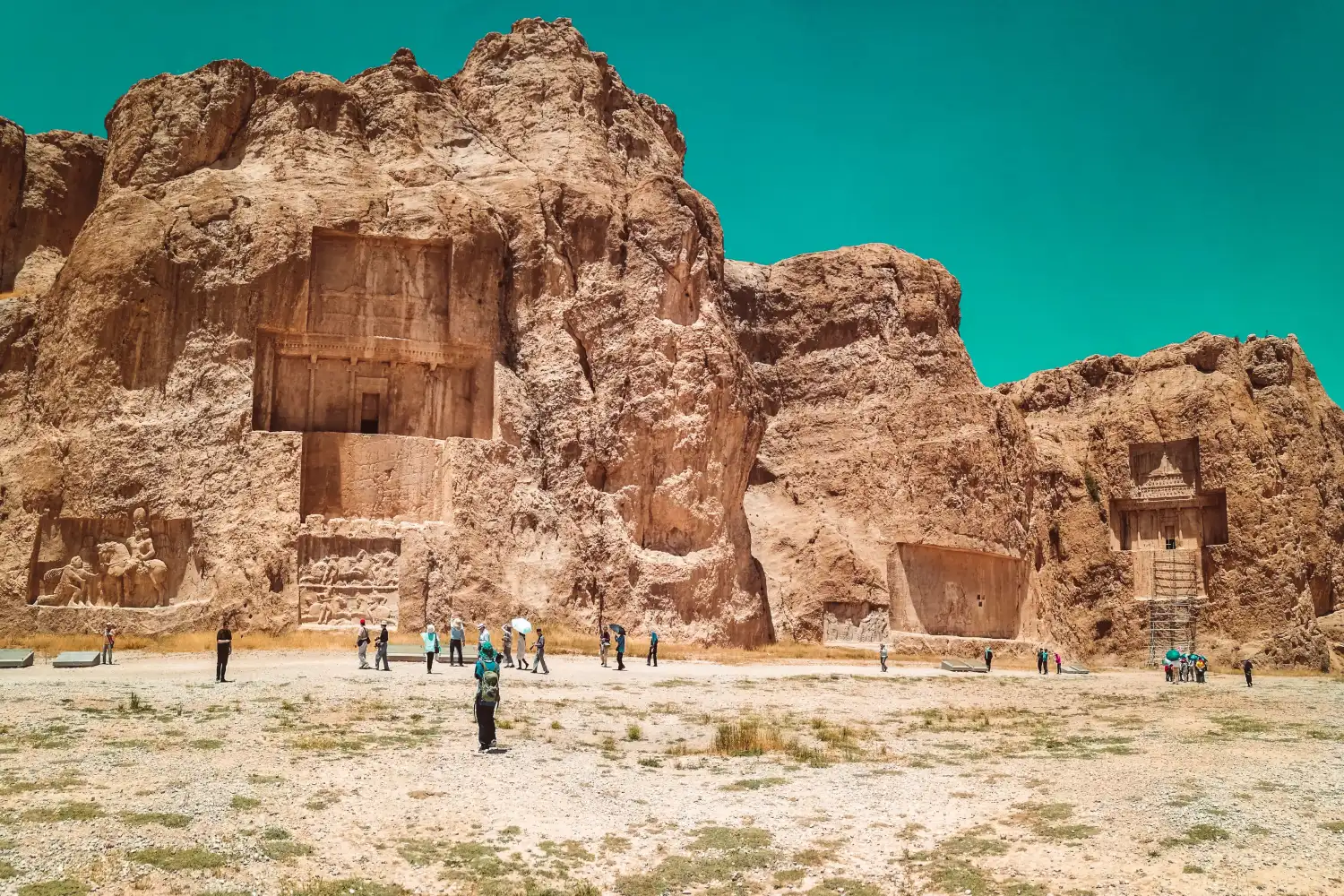
Mud brick city, Yazd
Being the first mud brick city of the world, the second historical city in the world after Venice, and the largest residential urban area built in ancient Iran, gives Yazd an undebatable spot at top of the list “must visit historical site in Iran”, middle east, or dare we say the world. Giving testament to how rich the cultural and architectural heritage of ancient Persia is, the mud brick city in Yazd has made UNESCO’s World History Site list.
Quaint alleyways, houses with adobe clay rooftops, and mud brick buildings with archways weave the city’s ground-level texture, while Badgirs (windcatchers), and Qanats (underground waterways) lend relief and support form over and under.
A especially delightful part of the architecture in Yazd is a labyrinth-like network of narrow archways whimsically called ‘Ashti Konoon’ Alleys, Persian for ‘make-up alleys’ (as in the reconciliation place). See, the alleys were so narrow you could not walk with a decent distance from people, including the ones you were not speaking with, and you had to walk so close to them, you were bound to make up. These darling alleys and the amusing story behind them are only a small token of how the remains of ancient Persia cannot be more fun to visit and make for greater post-vacation anecdotes to tell friends and family.
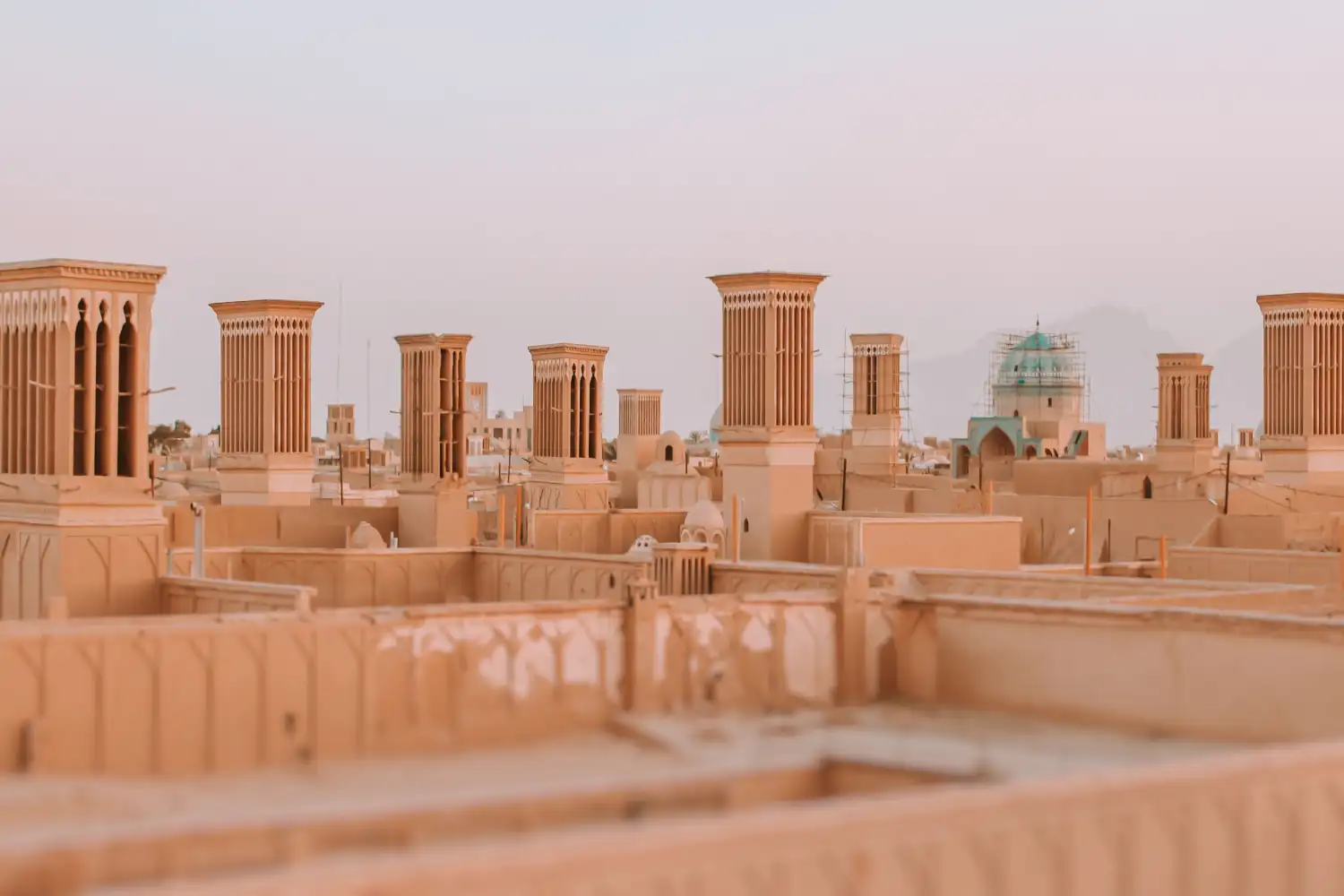
Tower Of Silence
Located 15 kilometers of distance off the city, having kept if safe from battles and invasions, this roofless pit-like circular structure, laid 8 meters tall on top of a hill, was where Zoroastrians left their deceased to be eaten by birds, a Zoroastrian practice to dispose of the dead.
Sounding weird to many, this practice is rooted in the Zoroastrian belief that the four elements of nature: fire, earth, air and water are sacred and shouldn’t be contaminated by the impurities of a lifeless body. They believed a cadaver almost immediately gets possessed by evil demons, which was likely a supernatural interpretation given to the range of disease caused by a decomposing corpse.
Called ‘dakhme’ by locals, literally meaning dark pit, it consists of three concentric rings specifying dedicated areas to the bodies of male, female, and children when they passed on. A fascinating structure exhibiting a fascinating religious/cultural reality of the ancient Persia, this site should not be missing from your itinerary, when you set off to visit historical sites in Iran.
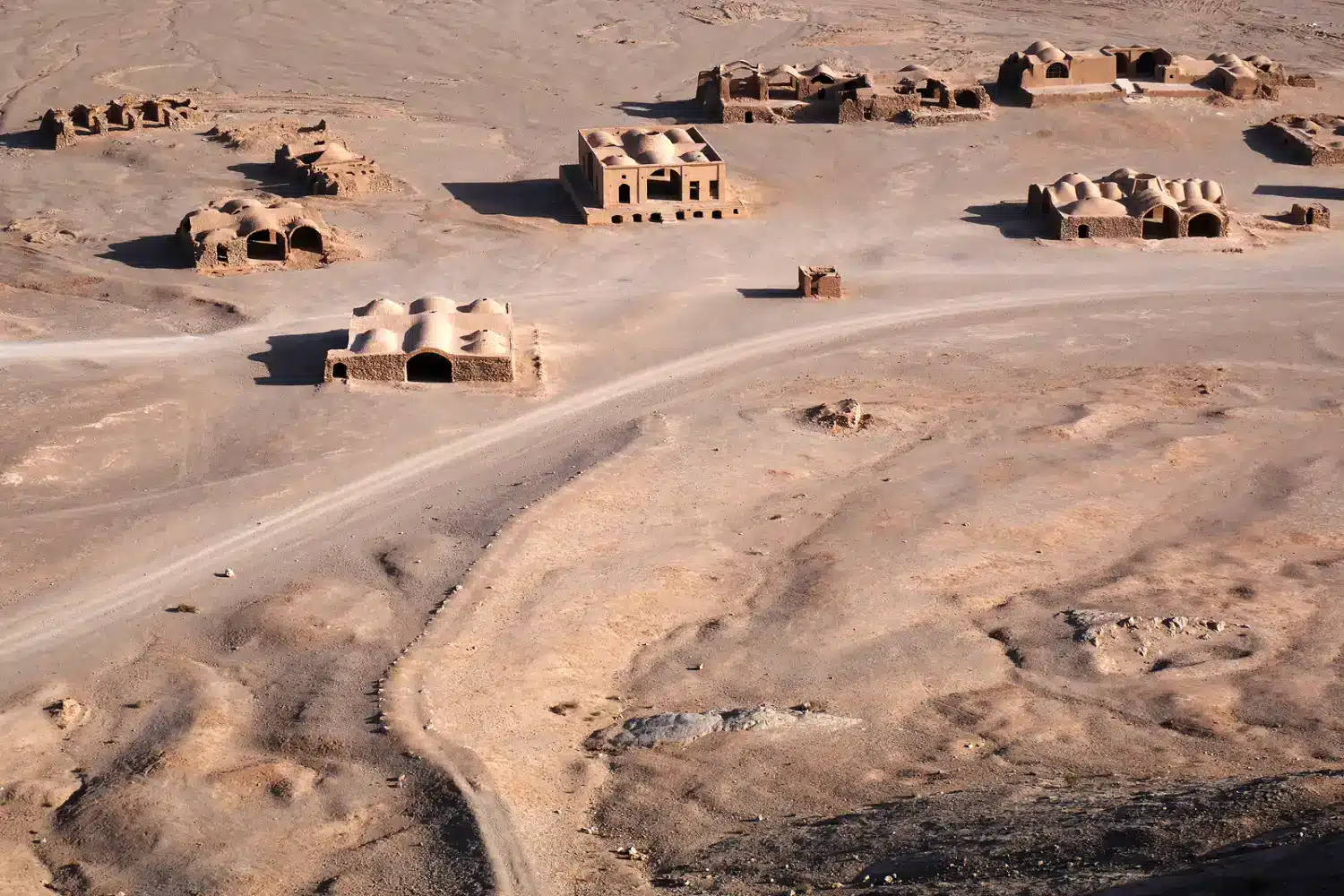
Khaju Bridge Isfahan
Two rows of 23 arches built in a two-storey structure have formed a bridge over Zayande Rood, the famous river that passes through the ultra-historical city of Isfahan in the heart of ancient Persia, and modern Iran. This arcade, which is seen as a row of side-by-side arches from the front, has also a built-in row of arches back-to-back, which can be seen looked in from the sides. It was built to act as a bridge, and a low-riding dam, while its mini chambers decorated with tilework would serve as teahouses for important meetings. This charming piece of ancient Persia is definitely one of the must-visit historical sites in Iran, as standing within those double-arches will be an experience you will have to make a conscious effort to erase from your travelling memories.
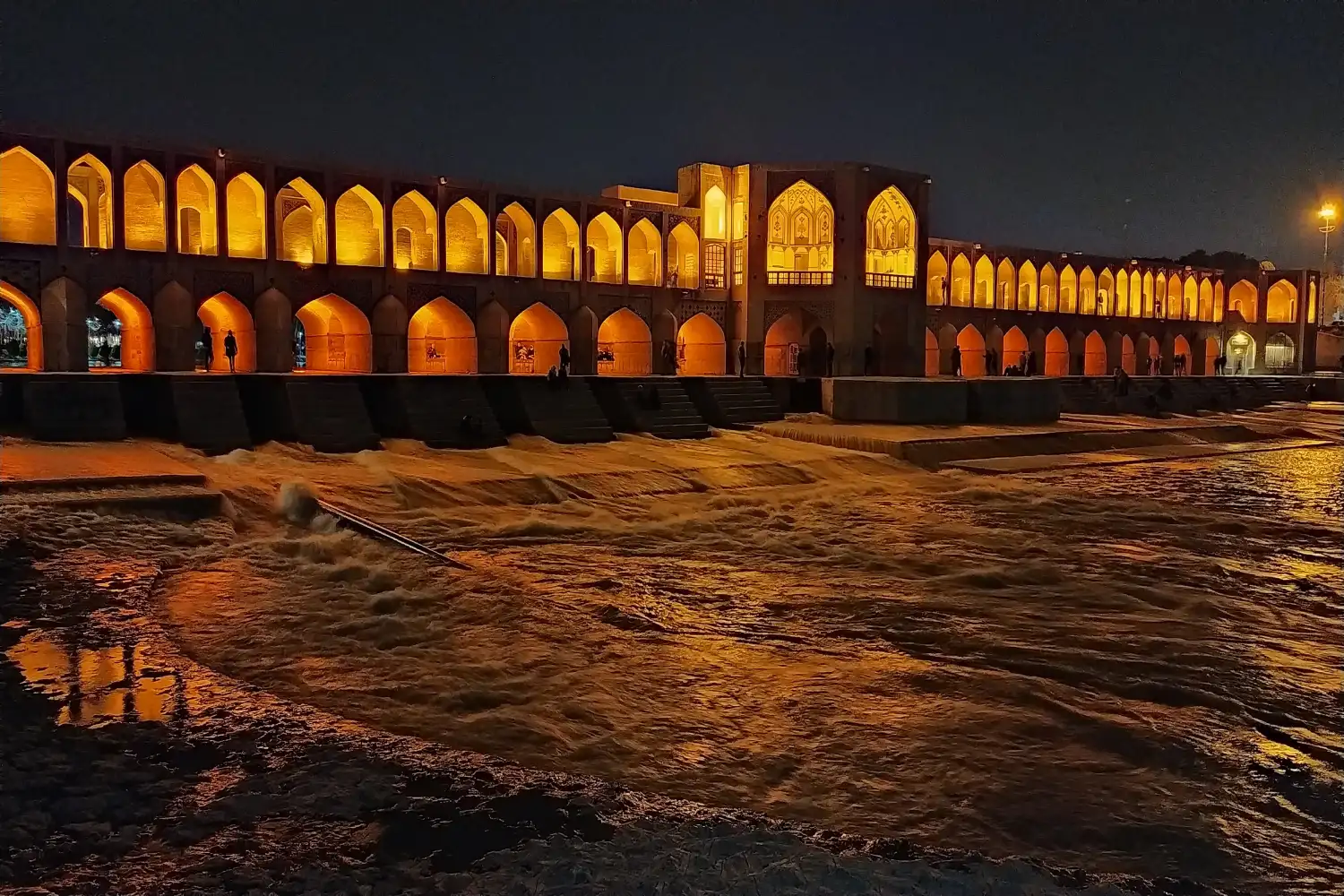
Choghazanbil, Khuzestan
Ziggurat is a massive structure built as a series of cascading stories, expanding in area as they approach the ground level, and native to ancient Mesopotamia, of which there are not too many left. Choghazanbil is one of the last few surviving ziggurats, built as a temple in Khuzestan, southwest of Iran, in Elamite dynasty in 13th century BC. Meaning ‘basket mound’, it hosts a main area to honor the great ancient god Inshushiank, 11 smaller ones to honor lesser gods, and 5 subterranean royal tombs, while 3 concentric walls provide protection for the complex. A great institution in ancient Persia, this historical site in Iran is for sure one of the must-visits if you enjoy exploring history in person.
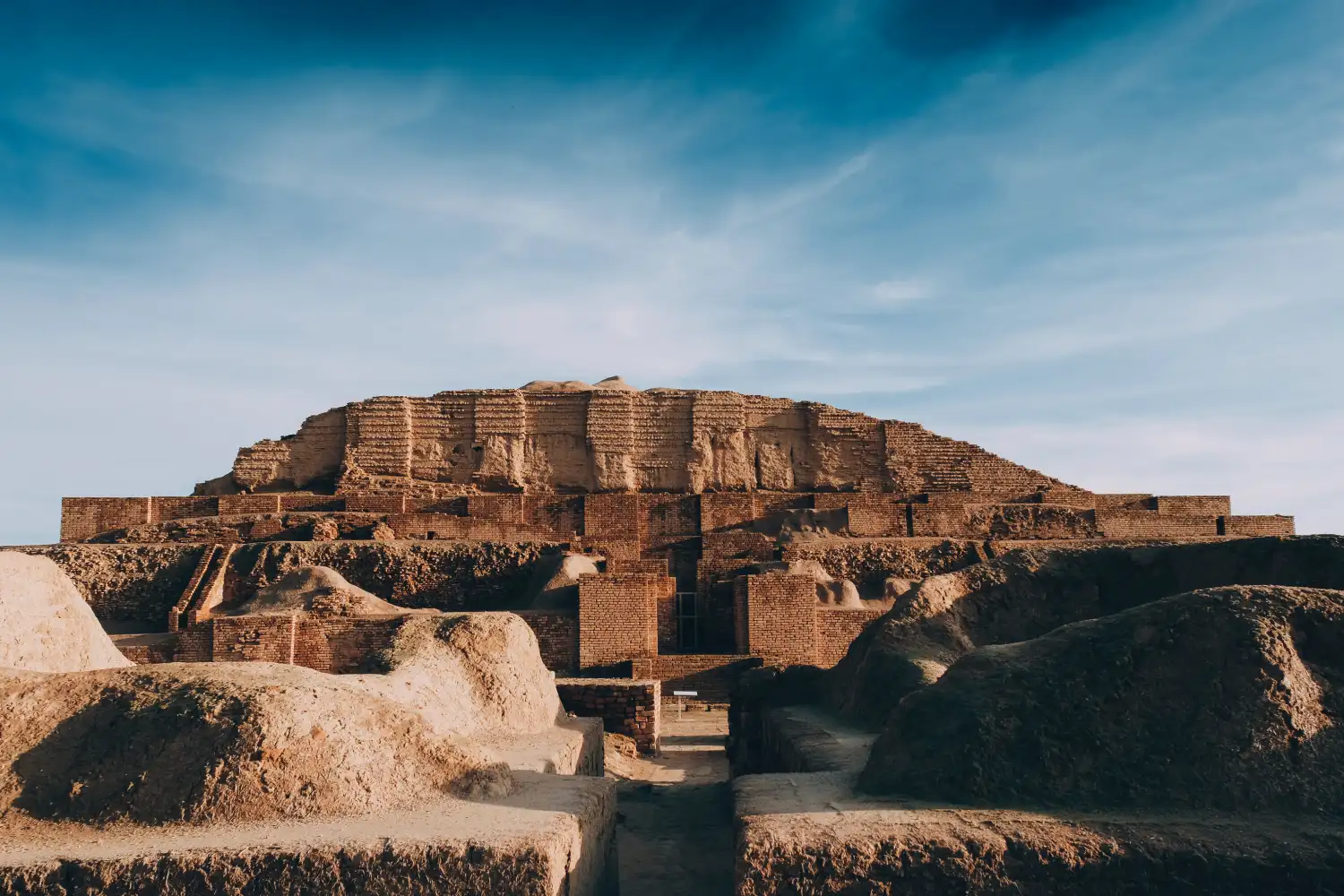
Arg e Bam, Kerman
Known as Bam Citadel to non-Iranian tourists, Arg E Bam is the ruins of a formidable fortress built in 6th century BC, but as the citadel is the part whose whole structure has survived, and is more dominantly seen, the site is named after the citadel. Looking a lot like a classic citadel, an outer moat and a defense wall, four gates, and 38 watch towers surround its four different zones: the governor’s residence, the army barracks, the stables, and the residential zone. The section where people did the living is where you can find extra fascinating structures like the bazaar (the market), and the mosque, so make sure you visit Mirza Na’air Ensemble, and The Mir House, which give a good look into the residential zone.

Ancient Persia, Manifesting Itself in Some of The Must Visit Historical Sites in Iran
We managed to name only a few of can’t-miss historical sites in Iran, so you can explore ancient Persia a bit while you are vacationing in the delightfully historical country Iran. Make sure you ask your guide to give you more options in case you decide exploring ancient Persia is worth extending your trip for a few more days.

